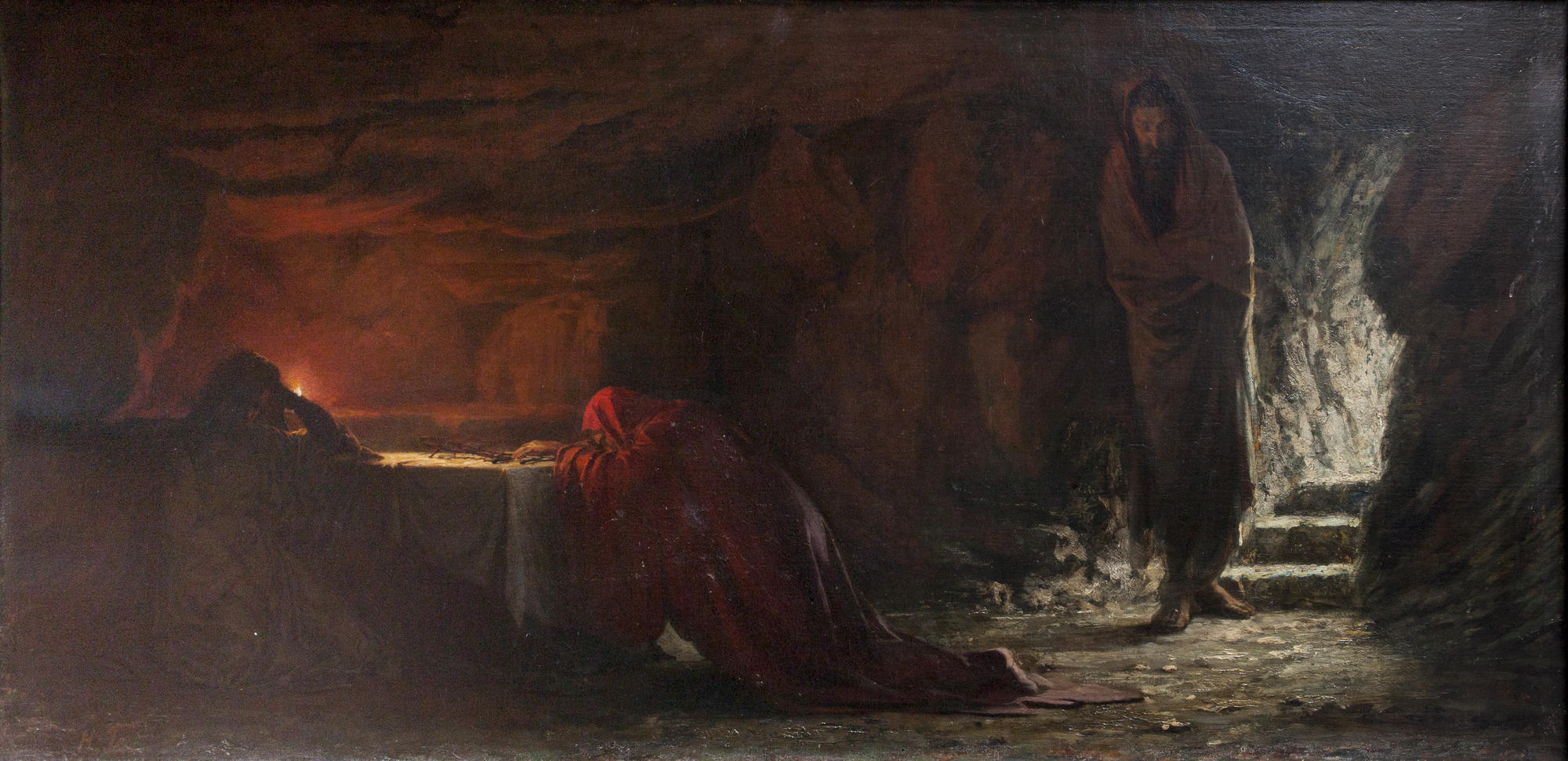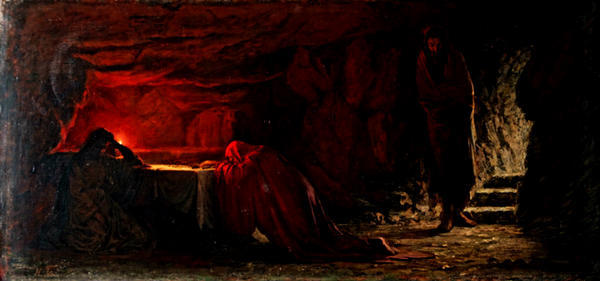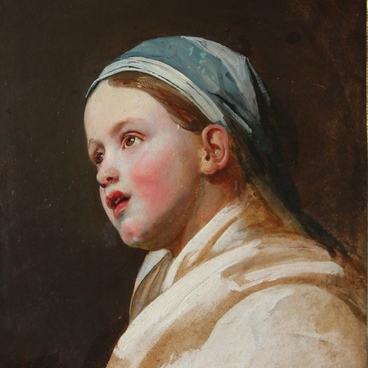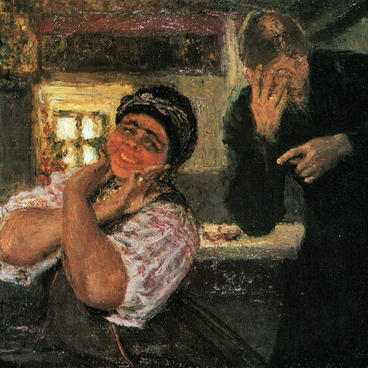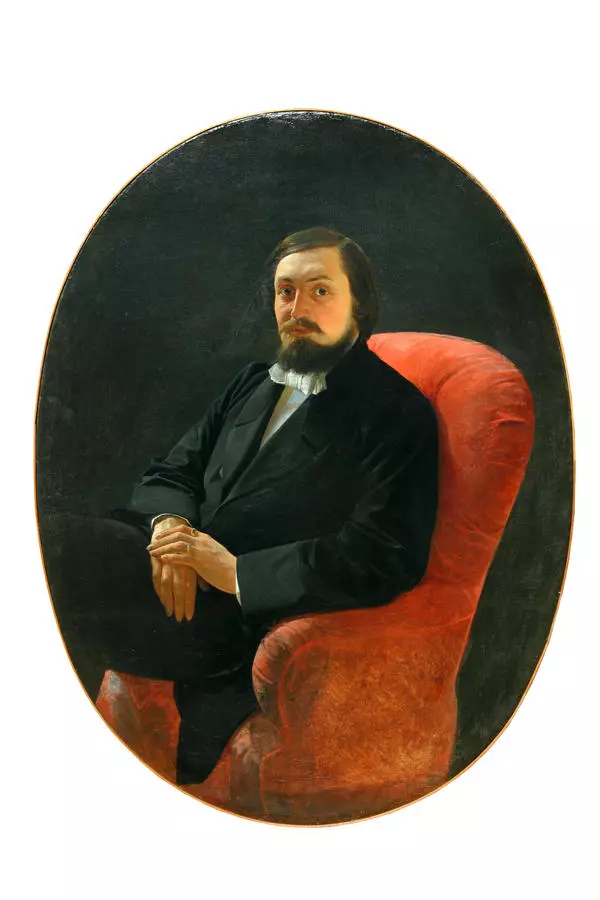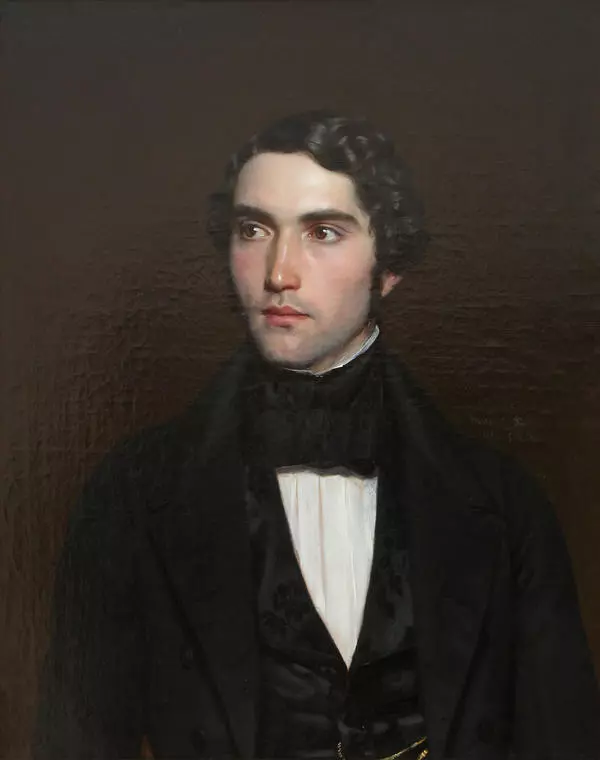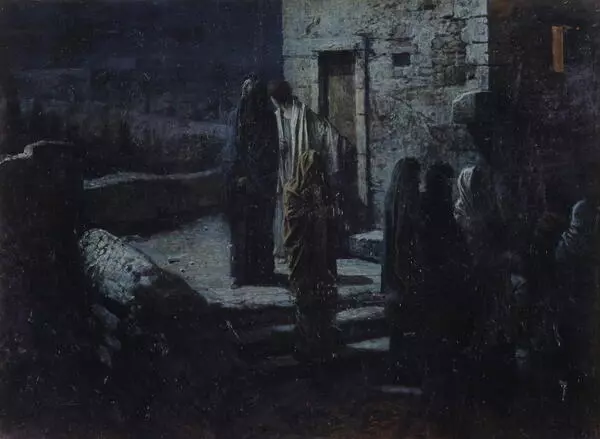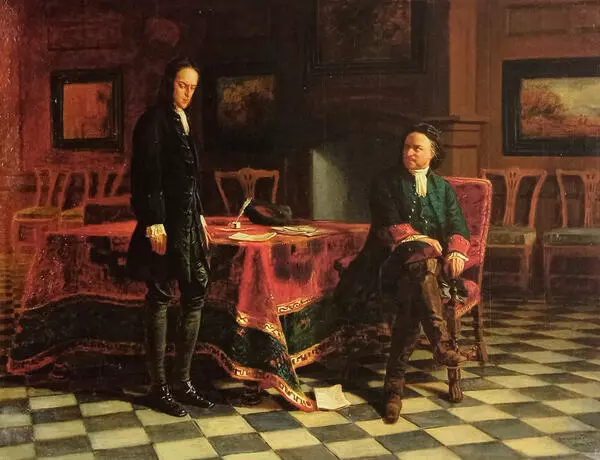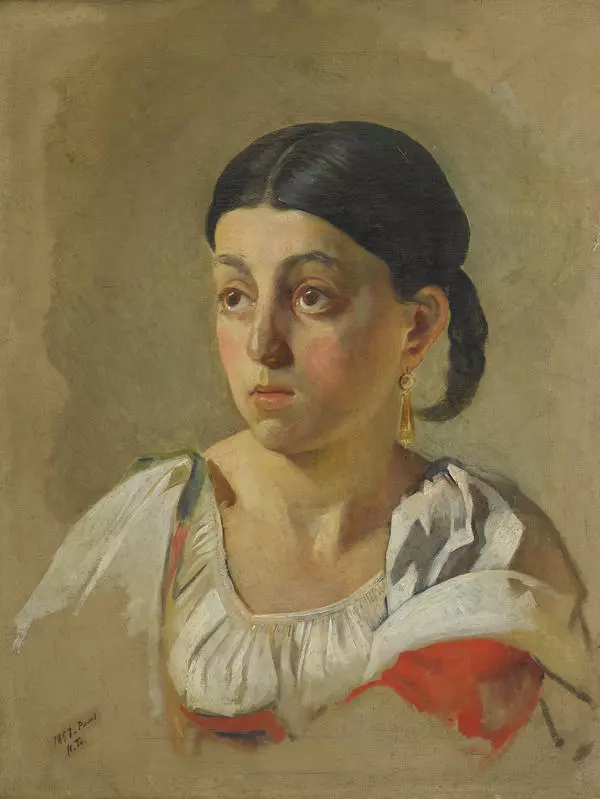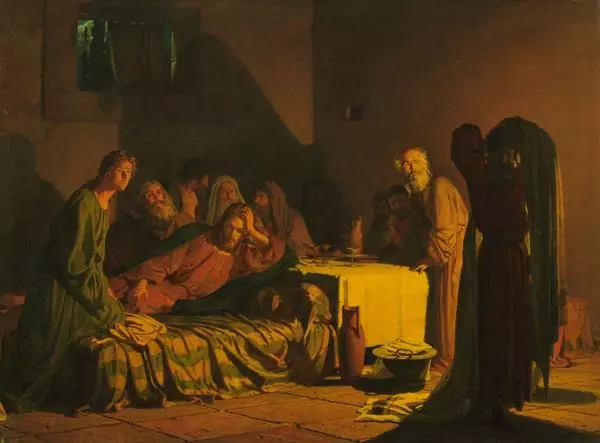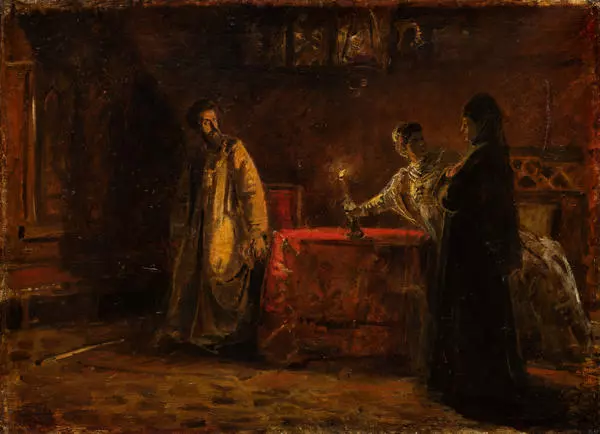Nikolay Ghe’s art was influenced by various events and people. A particularly strong impact on Ghe’s worldview and technique was made by Alexander Ivanov, a Russian artist who painted mainly on ancient mythological and biblical subjects. It was thanks to this master that Nikolay Nikolayevich turned to evangelical legends in order to be able to express his own ideas about good and evil, about the moral problems that torment mankind. As part of a Passion series he created the world-famous Last Supper (1863) and in the 1890s completed the work on At the Burial Site of Christ.
The technique of execution of the picture is interesting, unusual and attracts attention. The artist works with contrasts of lighting and colouration. Thus, on a single canvas we find gentle daylight that breaks through the aperture in the tomb and the dark reddish light of the dungeon. The effect is enhanced thanks to the fact that the artist painted different parts of the picture in a different manner: on the left side one can see exact, smooth strokes inherent in the early Ghe, while the right side of the picture is executed with nervous and expressive brush movements.
As for the narrative of the picture, there is no univocal interpretation. It is believed that the composition of the canvas corresponds the most to the text of the Gospel of Matthew. According to this canon, when evening came, Pilate was visited by Joseph, a wealthy man from Arimathea who had been learning from Jesus. Joseph asked Pilate for the body of Jesus and the prosecutor fulfilled his request. Joseph took the body, carefully wrapped it in a shroud and carried it to the sepulchre that he had previously carved in the rock. Joseph laid down the remains and left the tomb, leaning a large stone against the exit. Mary Magdalene and another woman named Mary came to pay their last respects to Jesus.
According to this version, the figure that stands at the entrance to the tomb is Joseph and the two Maries are bent over the tomb. But there are other interpretations. In particular, we can recall the fact that when the picture in question was being transferred to the Regional Museum of Local History in 1949, it bore a different title – The Repentance of Judas. According to that title, the figure at the entrance of the tomb is Judas. Such an interpretation is favoured by the fact that the artist often comprehended gospel stories not canonically, for which he was subjected to church censorship.
And if one looks closely at the male figure standing at the intersection of two streams of light, one can see how much it looks like Judas from another work by the artist. The Judas wrapped in a cloak in Ghe’s art piece Conscience (Judas) from the collection of the Tretyakov Gallery. If one is to adhere to this interpretation, Judas appears as a figure on the verge of repentance, understanding his betrayal — at the moment after which the decision to commit suicide came in.
The technique of execution of the picture is interesting, unusual and attracts attention. The artist works with contrasts of lighting and colouration. Thus, on a single canvas we find gentle daylight that breaks through the aperture in the tomb and the dark reddish light of the dungeon. The effect is enhanced thanks to the fact that the artist painted different parts of the picture in a different manner: on the left side one can see exact, smooth strokes inherent in the early Ghe, while the right side of the picture is executed with nervous and expressive brush movements.
As for the narrative of the picture, there is no univocal interpretation. It is believed that the composition of the canvas corresponds the most to the text of the Gospel of Matthew. According to this canon, when evening came, Pilate was visited by Joseph, a wealthy man from Arimathea who had been learning from Jesus. Joseph asked Pilate for the body of Jesus and the prosecutor fulfilled his request. Joseph took the body, carefully wrapped it in a shroud and carried it to the sepulchre that he had previously carved in the rock. Joseph laid down the remains and left the tomb, leaning a large stone against the exit. Mary Magdalene and another woman named Mary came to pay their last respects to Jesus.
According to this version, the figure that stands at the entrance to the tomb is Joseph and the two Maries are bent over the tomb. But there are other interpretations. In particular, we can recall the fact that when the picture in question was being transferred to the Regional Museum of Local History in 1949, it bore a different title – The Repentance of Judas. According to that title, the figure at the entrance of the tomb is Judas. Such an interpretation is favoured by the fact that the artist often comprehended gospel stories not canonically, for which he was subjected to church censorship.
And if one looks closely at the male figure standing at the intersection of two streams of light, one can see how much it looks like Judas from another work by the artist. The Judas wrapped in a cloak in Ghe’s art piece Conscience (Judas) from the collection of the Tretyakov Gallery. If one is to adhere to this interpretation, Judas appears as a figure on the verge of repentance, understanding his betrayal — at the moment after which the decision to commit suicide came in.
